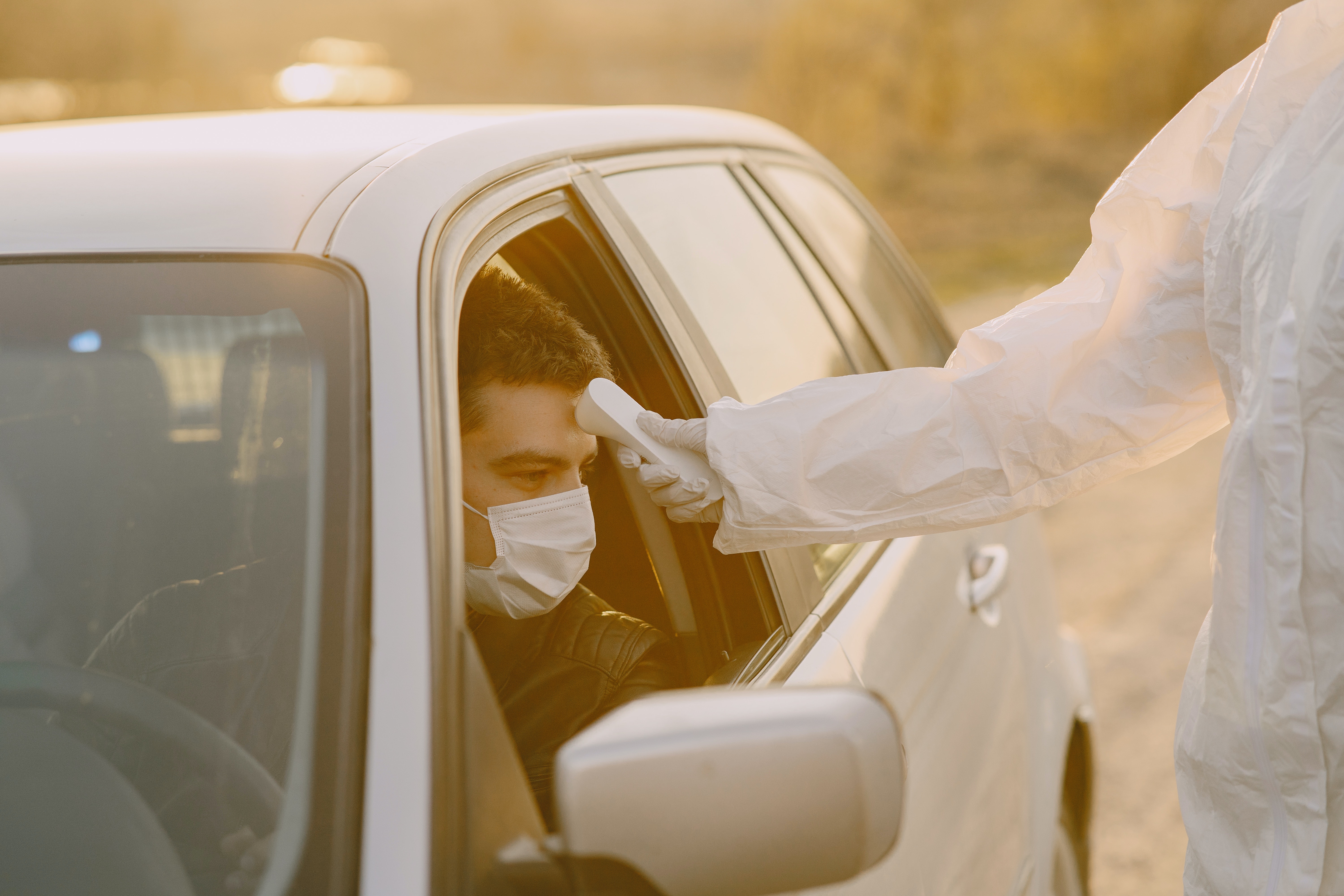Eight months down with COVID19 cases surpassing 4.5 million in the US, it seems like the virus is not slowing down. Researchers warned about the second wave of the virus with the government not heeding the advice against opening the country’s doors too quickly. Current forecasts of death tolls have increased to 173,000 by Mid-August from the previous estimation of 164,000. Although cases are declining in some parts of the world, in many parts of the United States it is continuing to rise.
COVID19 burnout is something many US citizens are experiencing. Research shows that people have had a behavior shift compared to the start of COVID19 in the country. As the country loosens its reigns on quarantine restrictions, less social distancing has happened. Less people are making an effort to stay indoors, cellphone data shows less social distancing among people plus the decrease urgency to wear masks in public are all proof of the growing COVID19 burnout. This remains a factor as to why numbers are still increasing and why a second wave is to be expected come fall especially when flu season coincides with the pandemic. It is true that life must resume and the “new normal” should be adapted—but to what cost?
On a positive note, new innovations have been in the works even with the numbers rising. The FDA has provided an emergency use authorization for a saliva based COVID19 RT-PCR test that can be self-collected and sent to the laboratory for analysis. This is to cater to patients who are quarantined, without access to testing sites or not willing to go outside to be tested. In effect, numbers may grow higher due to increased accuracy and testing of the population. But better quarantine guidelines for positive patients can be done and hopefully less transmission of the virus.
Then again, everything is still paused until the vaccine arrives. Current treatment recommendations are still 50-50 whether to be given or not. The previously highlighted Chloroquine or Hydroxychloroquine are both still recommended to be not used outside a clinical trial. Convalescent plasma, plasma from recovered patients of COVID19 with high titers of antibodies in their blood, is still considered experimental despite being approved by the FDA to be used to treat life threatening COVID19 infections. Remdesivir, an antiviral drug used to help limit virus multiplication and spread, is still under clinical trial but has been approved by the FDA to be used in the US. Despite promising results, a huge drawback to this drug is the expense and limited quantity available.
So where are we now? Still waiting. Still hoping that when the vaccine comes, it is safe and able to be distributed worldwide. Even the WHO announced that the world must learn to live with COVID and must fight with whatever tools we have. So, until that time comes—we wait.
It is still a numbers game in the end. It always has been.

